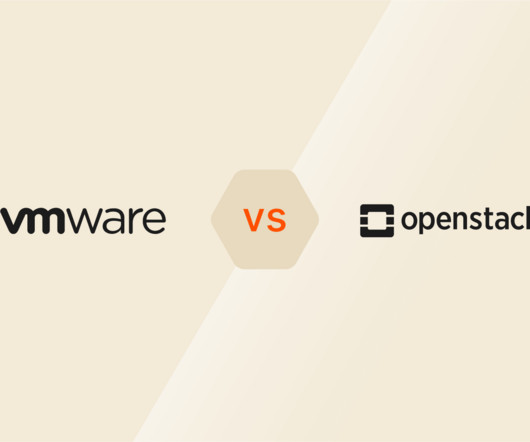Stateful vs. Stateless Applications: What’s the Difference?
Pure Storage
MAY 29, 2024
Stateful vs. Stateless Applications: What’s the Difference? by Pure Storage Blog “Stateful” and “stateless” describe what, if anything, an application records around processes, transactions, and/or interactions. Stateful applications retain data between sessions, stateless applications don’t. Money in, candy out.













Let's personalize your content